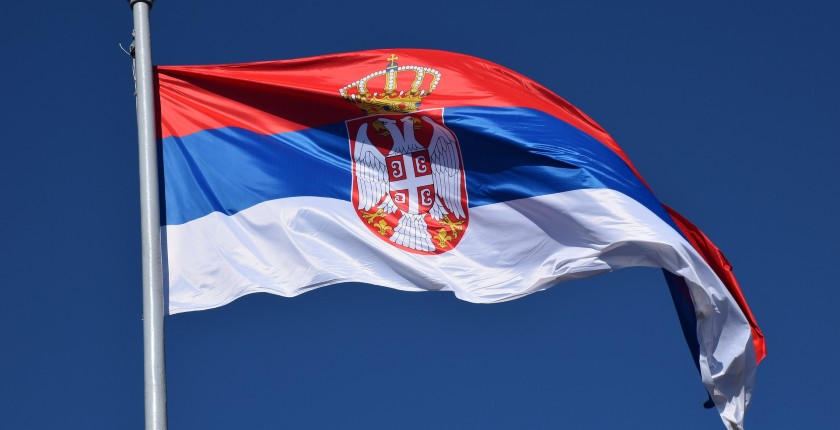
Photo: Pixabay
Serbia is considering the possibility to add small nuclear power plants from 2032 and the government projects emissions reduction at 34.2% to 44.4% by 2030. In the working scenarios for the Integrated National Energy and Climate Plan, the Ministry of Mining and Energy is envisaging new wind and solar power plants by the end of the decade with a total capacity of 4.7 GW or 6.4 GW. The share of renewable sources in electricity production is seen at between 49% and 59%.
Within the process of the development of the Integrated National Energy and Climate Plan – INECP, the Ministry of Mining and Energy called on all interested parties to submit comments by September 5 on four scenarios. They include options for starting to connect small modular reactors – SMRs to the grid in 2032.
The production of national energy and climate plans or NECPs is an obligation under the rules of the European Union and Energy Community to fulfill the goals for the two sectors on the path to reaching carbon neutrality by mid-century.
There is one other scenario, which is not the subject of the early consultations. Namely, it was analyzed exclusively in order to see what would happen if Serbia adopted the EU’s overall goals including slashing greenhouse gas emissions by 55% by 2030. In the EU, each country has its own goals. Three more scenarios are under development, according to the announcement.
Five scenarios have been published and three more are being developed
The INECP or NECP was supposed to be produced for the period from 2021 to 2030 with a vision up to 2050, but the projections are now beginning with 2023. The subject of the overview is to show the existing state and necessary measures in the fields of decarbonization, energy efficiency, energy security, internal energy market and research, innovations and competitiveness.
The plan should define an optimal energy mix and enable the improvement of the security of supply and the reduction of energy poverty.
Up to 2.2 GW of coal power capacity remains in 2050 only as reserve
All four scenarios are for the period through 2030 with options for a subsequent introduction of nuclear energy. The capacity from such sources is 400 MW in 2032, 800 MW in 2035 and 1.6 GW in 2042. Green hydrogen reaches 1% of final energy consumption by 2030.
In all scenarios, Serbia adds 680 MW of capacity from pumped storage hydropower plants in 2028 and another 600 MW two years later. As for the 2050 vision, no active coal plants are seen at that time, but 1.8 GW to 2.2 GW would be held in reserve and used when necessary.
In the version with small modular reactors, their overall capacity reaches 1.6 GW in 2042
In all four scenarios for Serbia’s NECP, the share of renewable sources in gross final energy consumption reaches 41% to 43% and 190 MW or 200 MW of solar plant capacity is added per year. The total is just above 1.5 GW.
The share in electricity production in scenarios 1, 2 and 3 is 52% to 59% in 2030. They envisage new wind capacities that gradually rise from 340 MW per annum to 1 GW in the final year, translating to 4.9 GW in total.
Fourth scenario implies less wind power
The so-called S scenario has a different dynamic for wind power and less added capacity: an overall 3.2 GW from 2023 to 2030, of which 86% is connected to the network in the final three years of the period. It results in a renewables production share of 49%.
Thus, the country’s NECP would project installing a total of 4.7 GW or 6.4 GW of wind and solar power in the next eight years.
As for the reduction of annual emissions from the level measured for 1990, it is seen at 34.2% to 44.4%, compared to 29% from 2020.
North Macedonia is the only country in the Western Balkans and Energy Community contracting party that adopted its NECP, two months ago, while Albania submitted its draft in December.

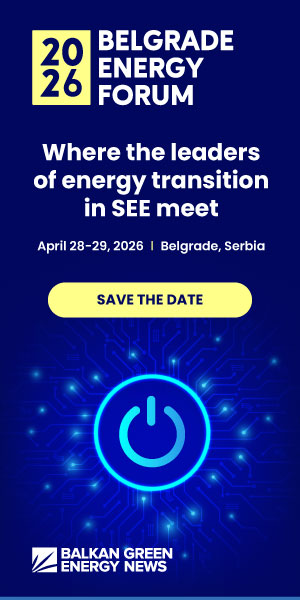



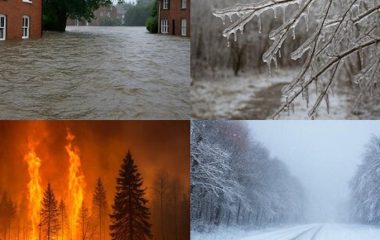
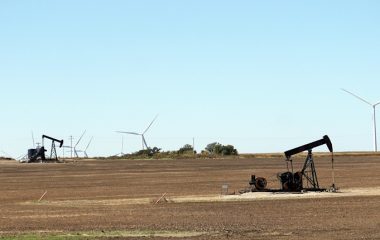
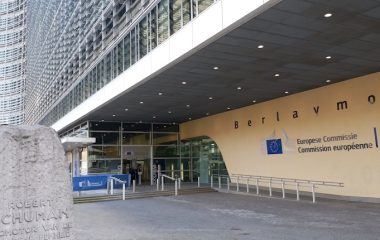

Be the first one to comment on this article.